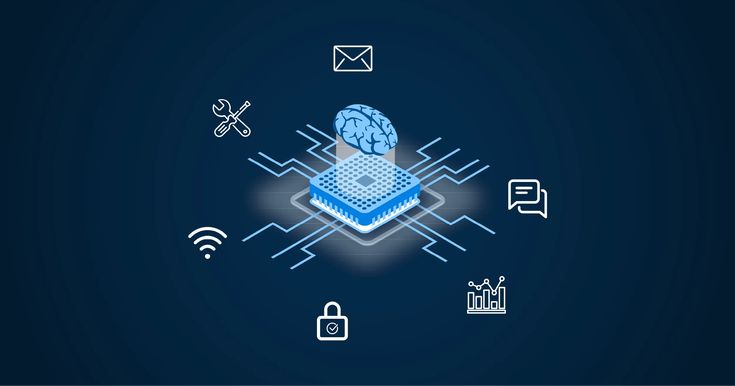Embedded systems are an integral part of modern technology, powering everything from smart devices to industrial automation. If you’re interested in learning about embedded systems, here are the key areas you should focus on:
1. Understanding Embedded System Architecture
Before diving into coding and hardware, it’s essential to grasp the fundamental architecture of an embedded system, including:
- Microcontrollers vs. Microprocessors
- Memory types (RAM, ROM, Flash)
- Input/Output interfaces
- Power management in embedded systems
2. Programming Languages
Programming is the backbone of embedded systems. The most commonly used languages are:
- C: The primary language for embedded programming due to its efficiency and hardware-level control.
- C++: Adds object-oriented features beneficial for complex embedded applications.
- Python: Useful for prototyping and scripting, often in embedded Linux environments.
3. Microcontrollers and Development Boards
Hands-on experience with microcontrollers and boards is crucial. Popular choices include:
- Arduino (Beginner-friendly, open-source)
- Raspberry Pi (For more advanced applications)
- STM32 (Widely used in industrial applications)
- ESP8266/ESP32 (Popular for IoT projects)
4. Embedded Operating Systems and RTOS
Some embedded systems use real-time operating systems (RTOS) for task scheduling. Key RTOS platforms include:
- FreeRTOS
- Zephyr
- VxWorks
- Embedded Linux
5. Hardware Interfacing and Communication Protocols
Understanding how embedded systems interact with peripherals is essential. Learn:
- GPIO (General Purpose Input/Output)
- UART (Universal Asynchronous Receiver/Transmitter)
- I2C (Inter-Integrated Circuit)
- SPI (Serial Peripheral Interface)
- CAN (Controller Area Network for automotive applications)
6. Sensors and Actuators
Embedded systems often gather data from sensors and control actuators. Learn about:
- Temperature, humidity, and motion sensors
- Motors and servo controllers
- Relays and LED drivers
7. Debugging and Testing Tools
Proper debugging skills are critical for embedded development. Learn to use:
- Serial monitors and logic analyzers
- Oscilloscopes for signal analysis
- JTAG and In-Circuit Debuggers (ICD)
8. Power Management
Energy efficiency is vital in embedded design. Key topics include:
- Low-power microcontrollers
- Sleep modes and power-saving techniques
- Battery management systems
9. Internet of Things (IoT) and Networking
Many modern embedded systems are part of IoT networks. Learn about:
- Wi-Fi and Bluetooth connectivity
- MQTT and CoAP protocols
- Cloud integration with embedded devices
10. Security in Embedded Systems
With increasing cyber threats, embedded security is crucial. Focus on:
- Secure boot and firmware updates
- Cryptography and encryption techniques
- Secure coding practices
Conclusion
Mastering embedded systems requires a combination of hardware knowledge, programming skills, and debugging expertise. By focusing on these key areas, you’ll be well on your way to building efficient and secure embedded applications.

